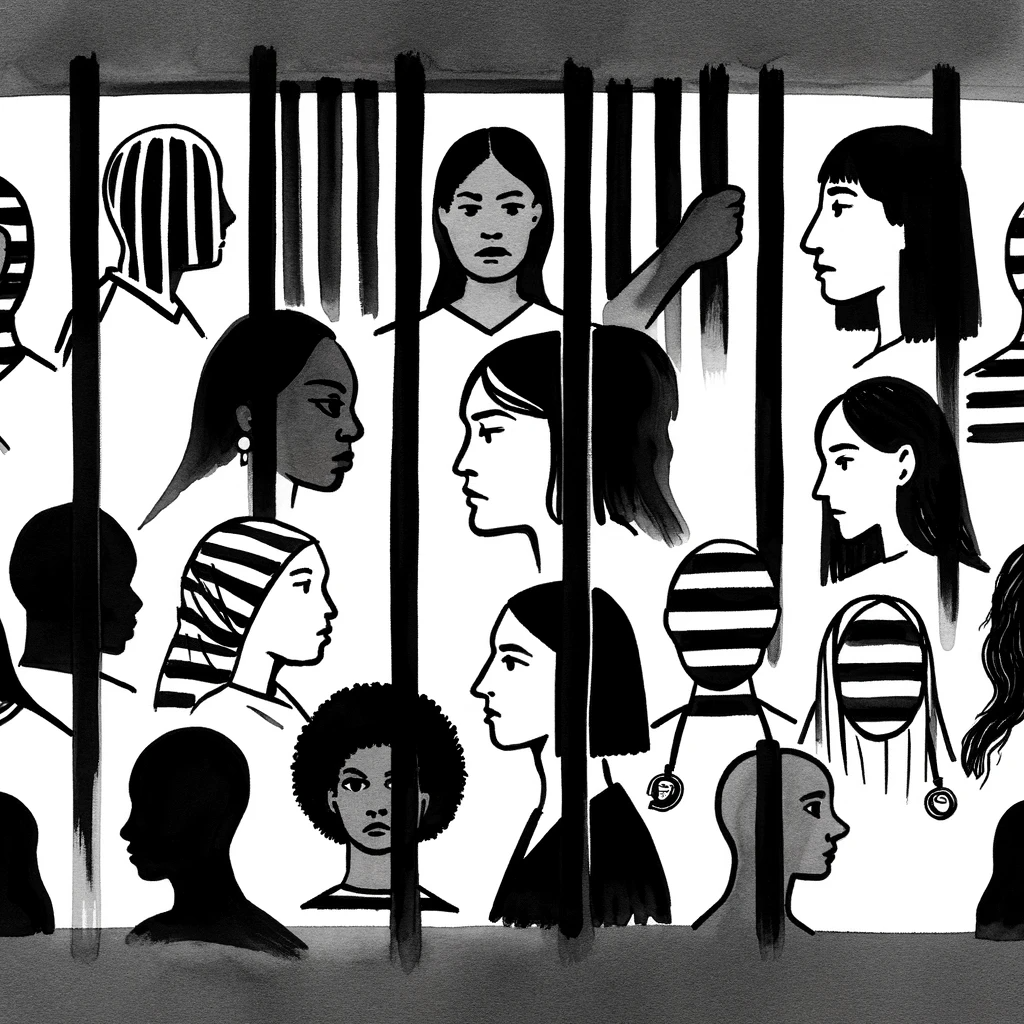
Understanding the Rising Tide of Women’s Incarceration: A Closer Look
In the realm of criminal justice, the narrative often revolves around male incarceration, overshadowing a critical and escalating issue: the surge in women’s incarceration rates. The comprehensive article Trends in Women’s Incarceration Rates in US Prisons and Jails: A Tale of Inequalities sheds light on this often-ignored aspect of mass incarceration. Through this blog, let’s delve into the key insights from this study, making its complex findings accessible to a broader audience.
The Overlooked Surge in Women’s Incarceration
While the overall incarceration rates in the U.S. have shown a modest decline, the decline in women’s incarceration rates has been significantly slower. Astonishingly, the rate of women’s imprisonment has grown faster than men’s, marking a historic peak. This uptick reflects not just a criminal justice issue but also a societal one, intertwined with deeper layers of inequality and systemic issues.
Disparities Within the Numbers
A striking aspect of this trend is the disproportionate impact on women of color. Black, Latina, and American Indian/Indigenous women face significantly higher rates of incarceration compared to their White counterparts. This disparity isn’t just a matter of numbers; it’s a reflection of deep-rooted societal inequities, such as racial discrimination and economic disadvantages, which are often precursors to encounters with the criminal justice system.
The Before and After of Incarceration
The experiences of incarcerated women often stem from and lead to profound socioeconomic disadvantages. Most women in prisons and jails come from backgrounds marked by low education, unemployment, and poverty. The consequences of incarceration extend beyond the individual, affecting families and communities, particularly those of color. The disruption of family structures, especially where women are primary caregivers, creates a ripple effect impacting the well-being and stability of entire communities.
Implications for Society and Policy
This rise in women’s incarceration rates calls for a broader discussion about criminal justice policies, social support systems, and community-based interventions. It’s not just about addressing the symptoms but tackling the root causes: systemic inequality, lack of educational and economic opportunities, and the need for more rehabilitative rather than punitive approaches to justice.
Moving Forward
The article underscores the necessity for more data and research, particularly concerning women in jails and the intersection of race, ethnicity, and gender in incarceration trends. This research isn’t just an academic exercise; it’s a tool to inform policy decisions, advocate for reforms, and ultimately, work towards a more equitable and just society.
The Most Recent Science News: In Your Inbox.
Stay at the forefront of scientific discovery with “This Week in Science.” Perfect for educators and lifelong learners, our weekly newsletter brings you the latest and most significant scientific breakthroughs in an easy-to-digest format. It’s more than just updates; it’s an enriching resource for your personal and professional growth in the world of science. Subscribe for free today and join a community committed to understanding and applying science in innovative ways.



